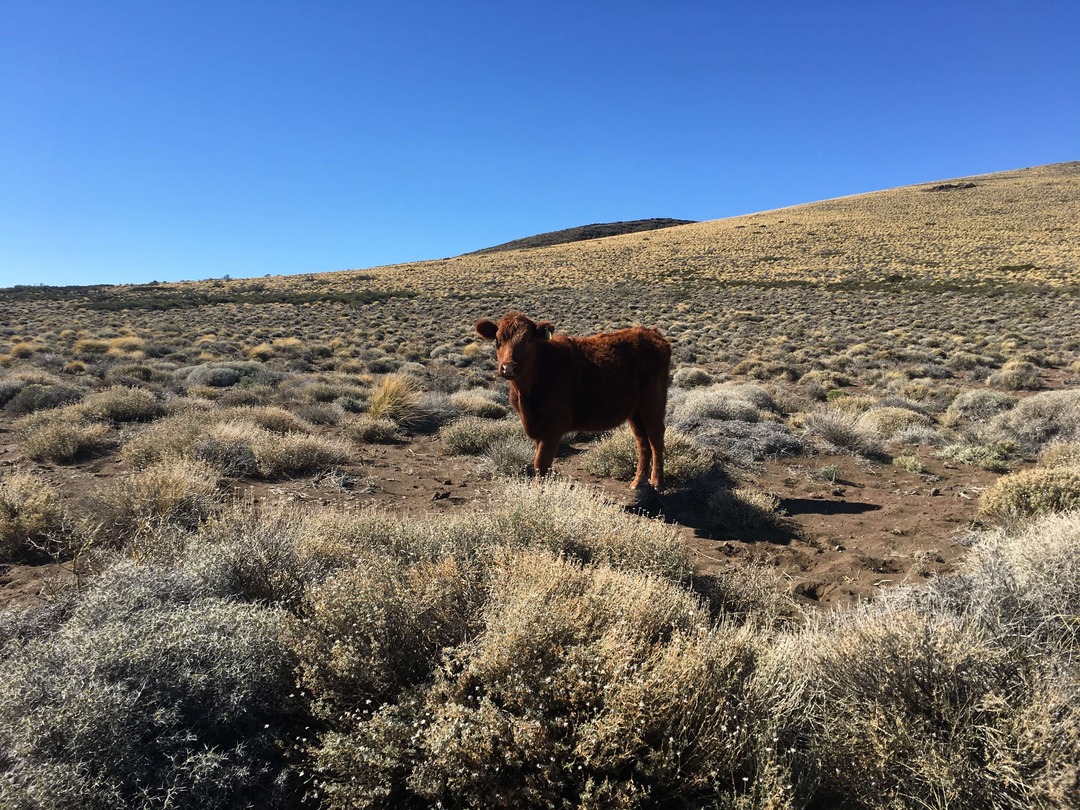Global study led by KAUST highlights the impact of livestock grazing in arid lands

A KAUST-led team of 100 international researchers in 25 countries has provided some insights from a groundbreaking study that found that livestock management and climate best explain the coverage of woody species in arid environments.
The BIODESERT research network, which spans 25 countries across all continents, carried out the first global study evaluating the variables that determine woody species coverage in arid zones. In this work, published in the journal Science Advances, the researchers analyzed livestock management, fire occurrence, climate and soil.
Professor Fernando Maestre, Director of the BIODESERT research network and Professor of Environmental Science and Engineering at KAUST, reveals: "One of the main findings we discovered is that livestock management is as important as climate in explaining the coverage of woody species in the world's arid zones. This includes grazing pressure — i.e., how many animals are in grazing plots — and the type of herbivore, whether it's cows, goats, horses, or sheep."
Managing the number and type of animals per unit area could allow for more sustainable production in ecosystems in arid zones, which cover nearly half of the Earth's land surface. These areas are home to around 2 billion people who rely on livestock production, which in turn depends on the availability of forage. Today, grasses in these regions are increasingly being displaced by trees and shrubs.
The lead author, KAUST postdoctoral researcher Lucio Biancari, emphasized that the information generated opens up possibilities for addressing the problem. "If climate were the most determining factor, our only option would be to reduce greenhouse gas emissions to try to curb climate change. This is a complex long-term process, and being global, it often feels distant from local regions. But since livestock management is an equally influential factor, alternative and complementary actions can be proposed at the level of producers and public policies related to production and conservation."
Maestre emphasized that the project is generating information that can help producers better manage pastures in drylands. "For example, we are identifying areas and environmental conditions under which grazing pressure could be increased without harming the ecosystem, and where it would be detrimental."
Maestre indicated that the project will continue to expand its academic and territorial boundaries in the future. "On the one hand, we will keep processing the data we've generated and publishing scientific papers. On the other, we will expand the network to hyper-arid areas, particularly in the Arabian Peninsula, to better understand how grazing pressure affects these ecosystems."

